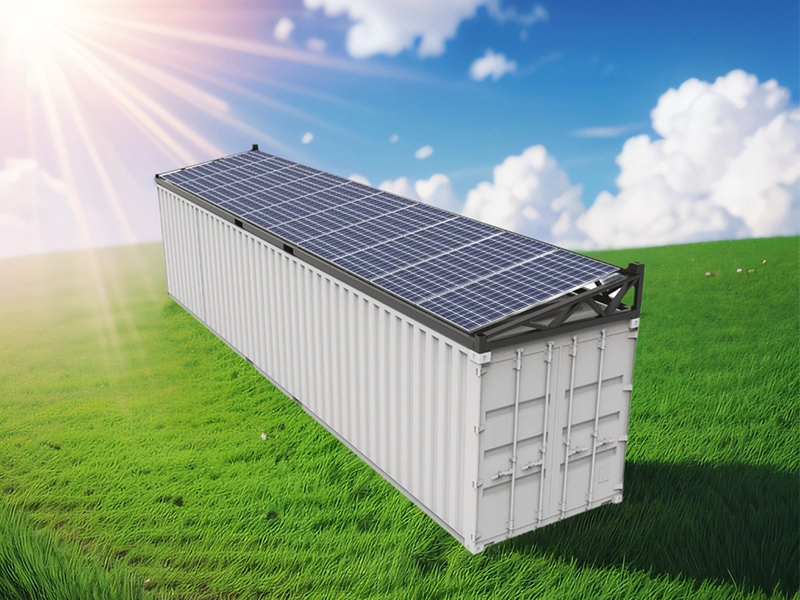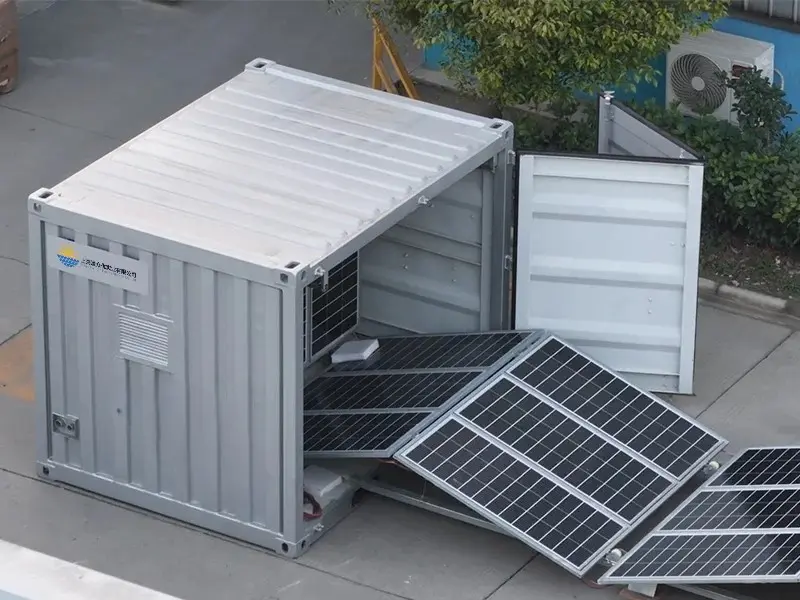With the world moving increasingly towards renewable energy, Solar Photovoltaic Container Systems are an efficient and scalable means of decentralized power generation. All the solar panels, inverters, and storage in a container unit make it scalable as well as small-scale power solution. The present paper discusses best practices and future innovations in Solar Container Technology and how the efficiency can be maximized and minimized as far as possible in terms of environmental footprint.
Conceptualizing Solar Photovoltaic Container Systems
Solar Photovoltaic Container Systems are pre-fabricated self-sustaining solar power generation and storage systems. They are normally transported in the standard shipping containers and are equipped with photovoltaic panels, batteries, and control devices if required. Because they are modulated and can be transported, they are applied in remote locations, disaster relief camps, and auxiliary power for various purposes.
Key Components:
- Photovoltaic Panels:Harvest sunlight and generate electricity.
- Inverters:Convert the produced direct current (DC) to alternating current (AC) that can be used by most devices.
- Battery Storage:Keeps standby for surplus energy usage during low sun exposure or heavy load.
- Control Systems:Manages electricity supply and storage to achieve optimal performance.
Best Practices in Placing Solar Container Systems
Successful Solar Photovoltaic Container System deployment entails the addition of some best practices to allow maximum performance and lifespan.
Site Selection and Preparation
- Solar Exposure:Choose places with maximum exposure to the sun, ideally with no obstructions like tall structures or trees.
- Ground Stability:Anchor the container on a solid ground to act as weight support and prevent shifting.
- Accessibility:Choose places with easy access for transportation, installation, and servicing.
System Configuration
- Energy Measurement: Precise measurement of energy needs to determine the right size of the system and storage capacity.
- Quality of Components: Use efficient solar panels and batteries for quality and longevity.
- Expandability:Use an expandable system to meet future energy demands.
Maintenance and Monitoring
- Periodic Inspection:Include periodic inspection to identify and rectify wear and tear, damage, or failure.
- Cleaning:Frequent cleaning of the solar panels to allow maximum energy absorption.
- Monitoring Performance:Employ monitoring equipment to track energy consumption and production in a timely fashion, enabling swift interventions and actions once imbalances are detected.
Advances in Solar Container Technologies
Advances in Solar Container Technologies have raised efficiency, responsiveness, and ecocompatibility of such technologies by orders of magnitude.
Bifacial Photovoltaic Panels
Bifacial panels are capable of capturing sunbeams from the back and front and augmenting the energy production yield by up to 30% more than normal monofacial panels. Technology is most effective when reflectance conditions like snow or sand environments dominate.
The use of modern battery technologies including lithium-ion and flow batteries has seen increased storage capacity and lifespan. These are accompanied by an increased level of stable energy provision even at low levels of sun input.
Smart Energy Management Systems
The versatility of Internet of Things (IoT) and artificial intelligence (AI) technology allows real-time monitoring and optimization of energy use. The systems can predict energy use, optimize storage and delivery, and predict maintenance needs.
Mobile and Modular Designs
Design advancements have enhanced mobility and modularity of solar container units so they can be utilized in an array of situations, from rooftop urban sites to far-off off-grid locations. It is easy to scale up and down to varying energy requirements because of modular design.
Environmental Impact and Sustainability
Environmental sustainability is added positively by Solar Photovoltaic Container Systems through reducing the use of fossil fuel and emission of greenhouse gases. However, environmental protection must be applied at all phases of the system lifecycle.
Sustainable Manufacturing
- Green Materials: Use recyclable and non-toxic materials during solar panel and battery manufacturing.
- Low-Energy-Consuming Processes:use processes that are low in energy consumption and produce less wastage during production.
End-of-Life Management
- Wastage Disposal Programs: organize wastage disposal and recycling systems in an attempt to avoid environmental pollution.
- Upgradability: upgrade systems should be designed to maximize lifetime overall and reduce wastage.



